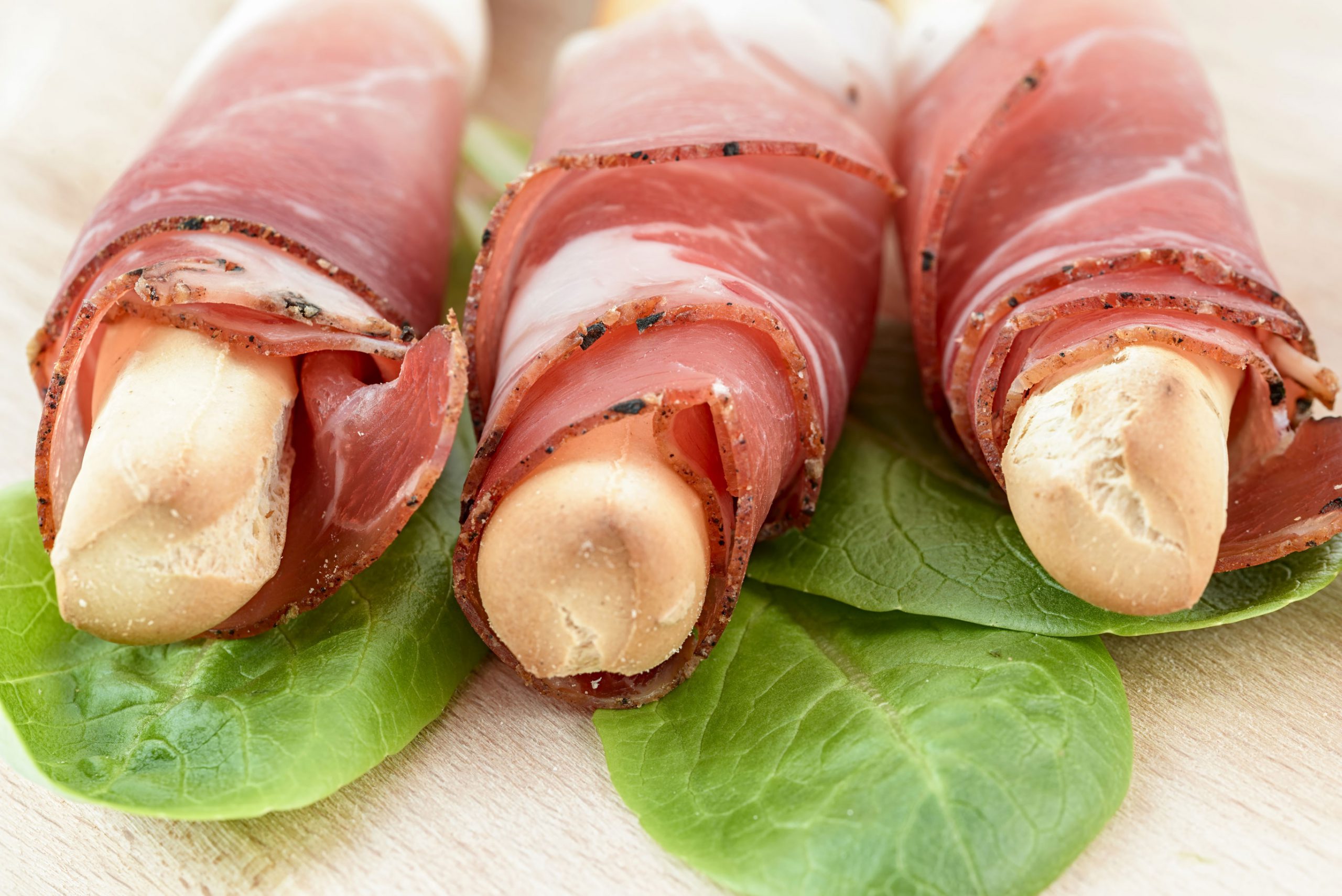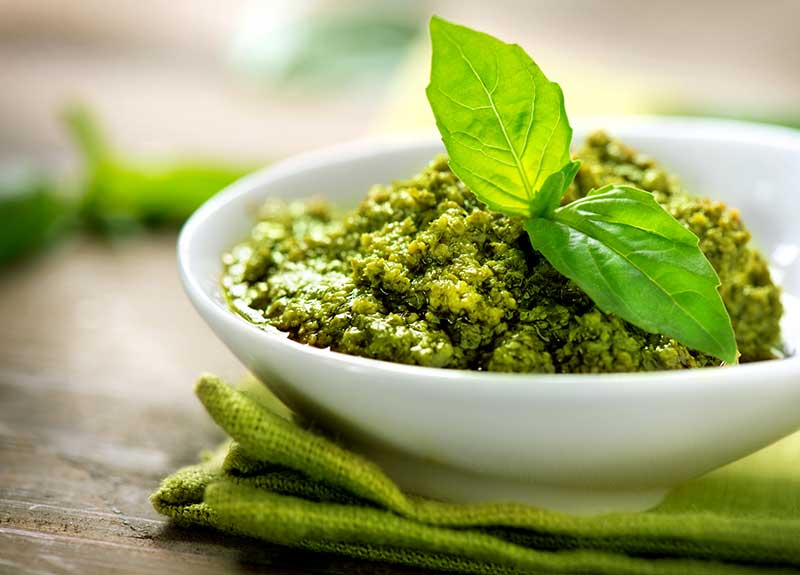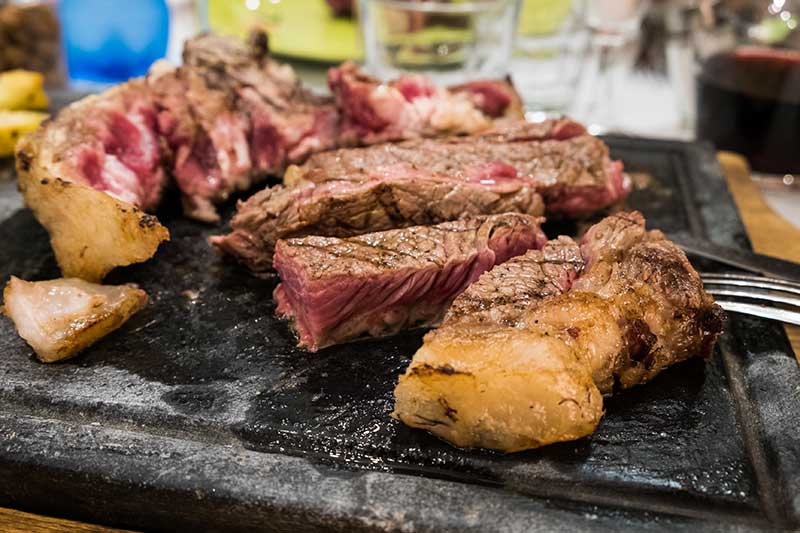This aromatic and smokey cold cut, whose name betrays its Alto Adige origins (speck means “lard” in German), is largely unknown outside of Italy, in spite of being truly delicious. Speck’s tradition is ancient: it already appears in butcheries’ account books in the 13th century and becomes an IGP (Protected Geographical Indication) product in 1997.
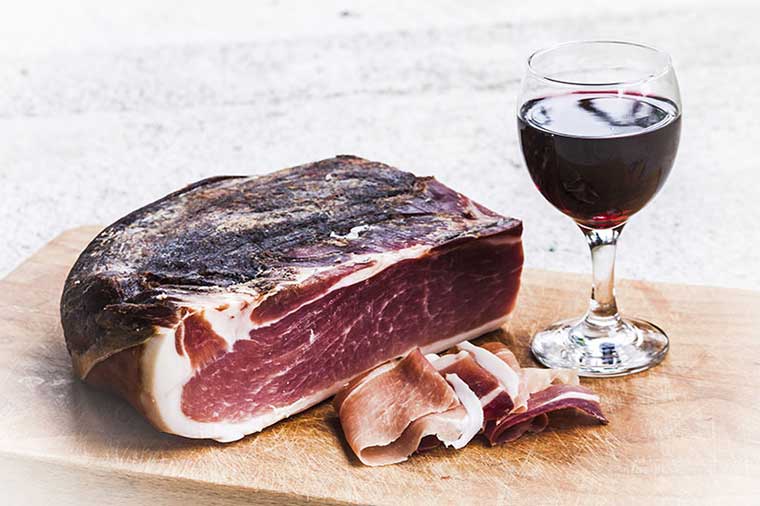
The rules to transform a pig’s leg in speck is very clear: “a little salt, a little smoke, plenty of fresh air and 22 weeks of maturing.” Here, the food-smoking tradition of Northern Europe meets the Mediterranean habit to mature meats to create a delicacy which is, however, born from a primary need: that of preserving pork meat, as pigs were usually slaughtered only around Christmas. Pigs legs, called baffe in the speck making tradition, are covered with salt, juniper, laurel leaves, pepper and rosemary, cold smoked – that is, at a temperature lower than 20 degrees Celsius – and dried in fresh air.
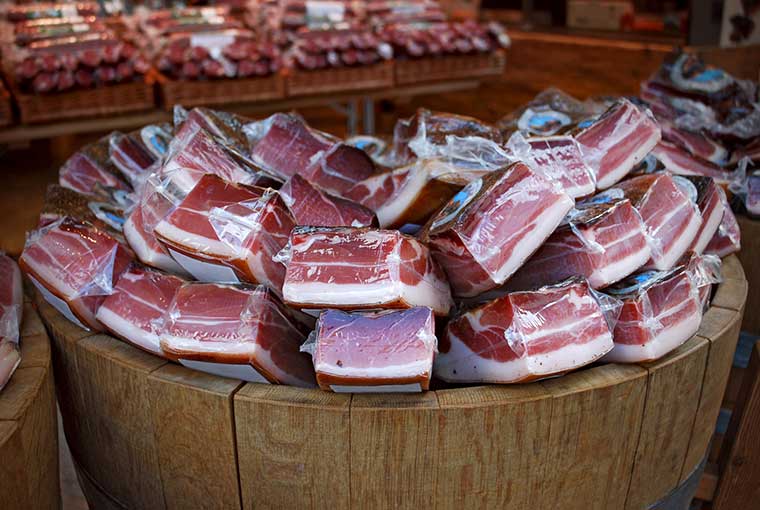
Speck can be sliced and eaten with brown bread and butter, or used as in ingredient for famous Alto Adige canederli, a type of stale bread gnocchi boiled in meat broth, a beautiful, heart-warming dish for those long and cold northern winters.
